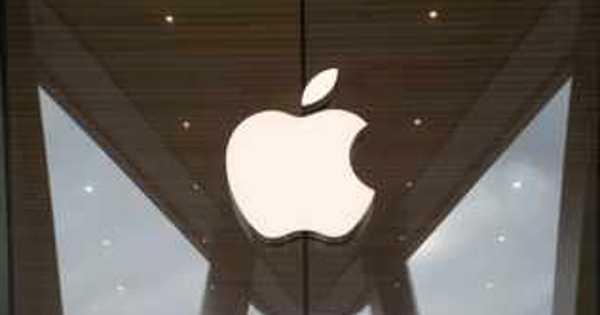According to freshly released numbers from analyst firm Canalys, supply chain concerns continue to have a significant impact on smartphone makers, with global shipments increasing only 1% year over year in the fourth quarter of 2021. The figures follow on the heels of Q3 reports, which saw an overall reduction of 6% due to component supply difficulties. The firm also accounts for a COVID-19 revival, courtesy of the omicron version, which has shut down a number of locations, similar to the pandemic’s early days around two years ago.
According to Canalys, the impact is greatest among the market’s smaller firms, who have had the most difficulty locating new suppliers. “Component manufacturers are eking out extra output, but big foundries will need years to dramatically raise chip capacity,” said the firm’s Mobility VP Nicole Peng in a statement released in conjunction with the latest statistics.
“Smartphone manufacturers are already innovating to make the best of their conditions, changing device specs in reaction to available materials, seeking emerging chipmakers for new IC sources, centering product lines on the best-selling models, and staggered new product releases.” Larger businesses are less affected by shortages and bottlenecks in general. After three quarters away from the top spot in the global market, Apple reclaimed it in the third quarter. The popularity of the iPhone 13 and its strong performance in Mainland China, the world’s largest smartphone market, are credited with the company’s rise.
Since last quarter, Apple’s entire marketshare has increased from 12 percent to 23 percent. The earlier dip was due in part to the company’s recent struggles satisfying demand in a number of countries. “Apple’s supply chain is starting to improve,” says analyst Sanyam Chaurasia, “but it was nevertheless forced to decrease output in Q4 due to shortages of critical components and couldn’t create enough iPhones to fulfill demand.”
“It maintained reasonable delivery schedules in prioritized markets, but its customers had to wait for the latest iPhones in some markets.” Samsung, on the other hand, fell to second place, dropping from 23% to 20% of the total market. Xiaomi, Oppo, and Vivo, all Chinese brands, rounded out the top five for Q4.















